Lunar New Year Sensory Bin Set Up
This Lunar New Year sensory bin is the perfect example of a creative and inclusive activity that blends play with education while celebrating a cultural holiday. When we celebrate and teach about cultural holidays we are introducing our students to traditions, customs, and the beauty of diversity. I love to use sensory bins, especially when they incorporate tactile, visual, and even auditory stimuli which helps to spark curiosity and learning for my students.
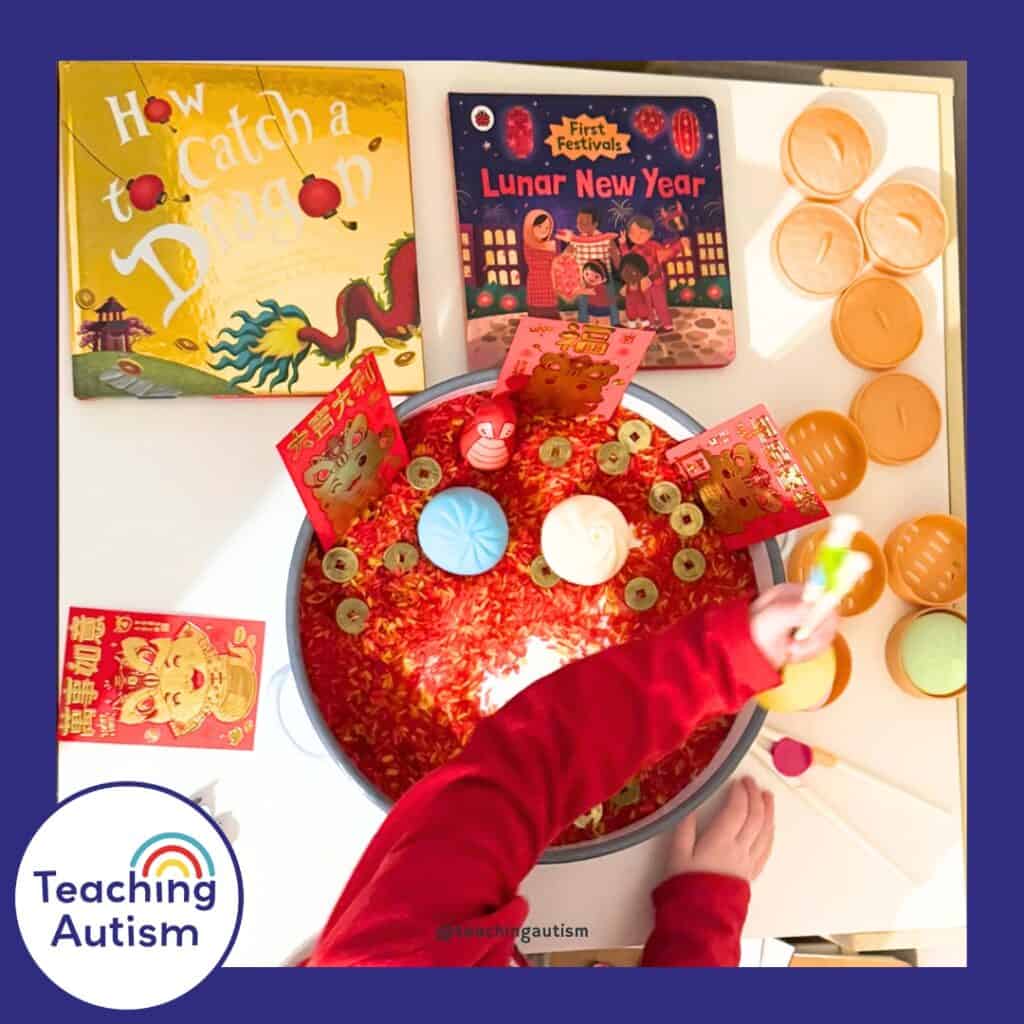
In this blog post I’ll share what’s in our Lunar New Year sensory bin and instructions for how you can re-make it to use with your students (or children at home!) too.
This blog post may contain affiliate links. This means that if you purchase an item through my affiliate link, I may receive a % of commission at no extra cost to you. This helps support me, my family and my blog to bring you great content for free!
What is a Sensory Bin?
Before I dive straight into the sensory bin, just incase you are new to all of this – I wanted to do a quick introduction to explain what a sensory bin is. A sensory bin is a container filled with materials and objects that stimulate our senses—touch, sight, smell, and even sometimes sound.
Sensory bins encourage exploration and open-ended play while also helping our students to develop fine motor skills, language, and social-emotional learning. For celebrations, like the Lunar New Year in this blog post, sensory bins can include culturally significant items, allowing our students to immerse themselves in the holiday’s traditions.
What’s in This Sensory Bin?
This Lunar New Year sensory bin is vibrant, festive, and filled with symbolic elements that represent the holiday’s themes of prosperity, luck, and joy. Here’s what it includes:
Colored Rice: The red and yellow-dyed rice acts as the base for this bin, symbolizing good fortune and happiness. Its bright color draws my students’ attention and provides a soft, textured material for scooping, pouring, and exploring. (And even the noise that the rice makes when moved around, being poured etc).
Find out how to make colored rice with my blog post instructions here.
Gold Coins: Plastic or faux gold coins represent wealth and prosperity. They are lightweight and easy to handle, making them great for fine motor activities like grasping or transferring between containers. For this activity I had my students collect them and place them into the red envelopes.
Get these ones on; Amazon USA here or Amazon UK here.
Mini Dumplings: These soft, textured play dumplings represent traditional Lunar New Year dishes. Students can pretend to prepare and serve meals, enhancing their imaginative play. We also had students pick them up with the chopsticks and place them back into their containers for added fine motor work.
Get these ones on; Amazon USA here or Amazon UK here.
Chopsticks: Including chopsticks adds a fine motor challenge, helping children practice coordination and hand strength while engaging with the bin. These ones were perfect for little hands.
Get these ones on; Amazon USA here or Amazon UK here.
Red Envelopes (Hongbao): Red envelopes, traditionally filled with money during the Lunar New Year, introduce children to this cherished custom. These envelopes are a great way to discuss the cultural significance of gift-giving and generosity. We had students collect the coins and place them into these envelopes.
Get these ones on; Amazon USA here or Amazon UK here.
Books: Surrounding the sensory bin with Lunar New Year-themed books, such as How to Catch a Dragon or Lunar New Year Flip-Flap Book, extends the learning experience. Reading these stories provides context for the sensory bin materials and encourages literacy skills.
Get these ones on; Amazon USA here or Amazon UK here.
You can also find my favorite Lunar New Year picture books here.
Dragon Peg Doll: I love using peg dolls in my sensory bins with my students. This dragon one is from LittleWoodenPegTown – she ships worldwide and you can use my code NIKKI10 for a discount when ordering!
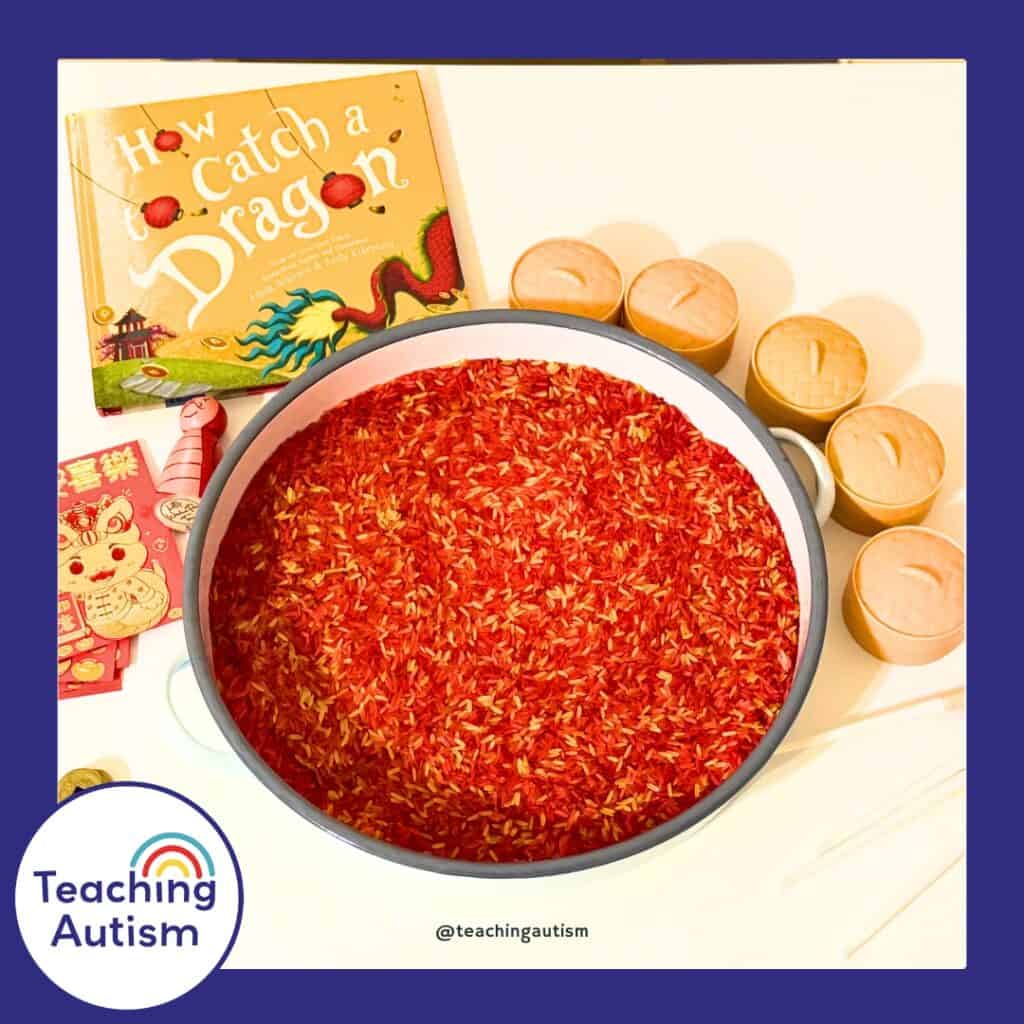
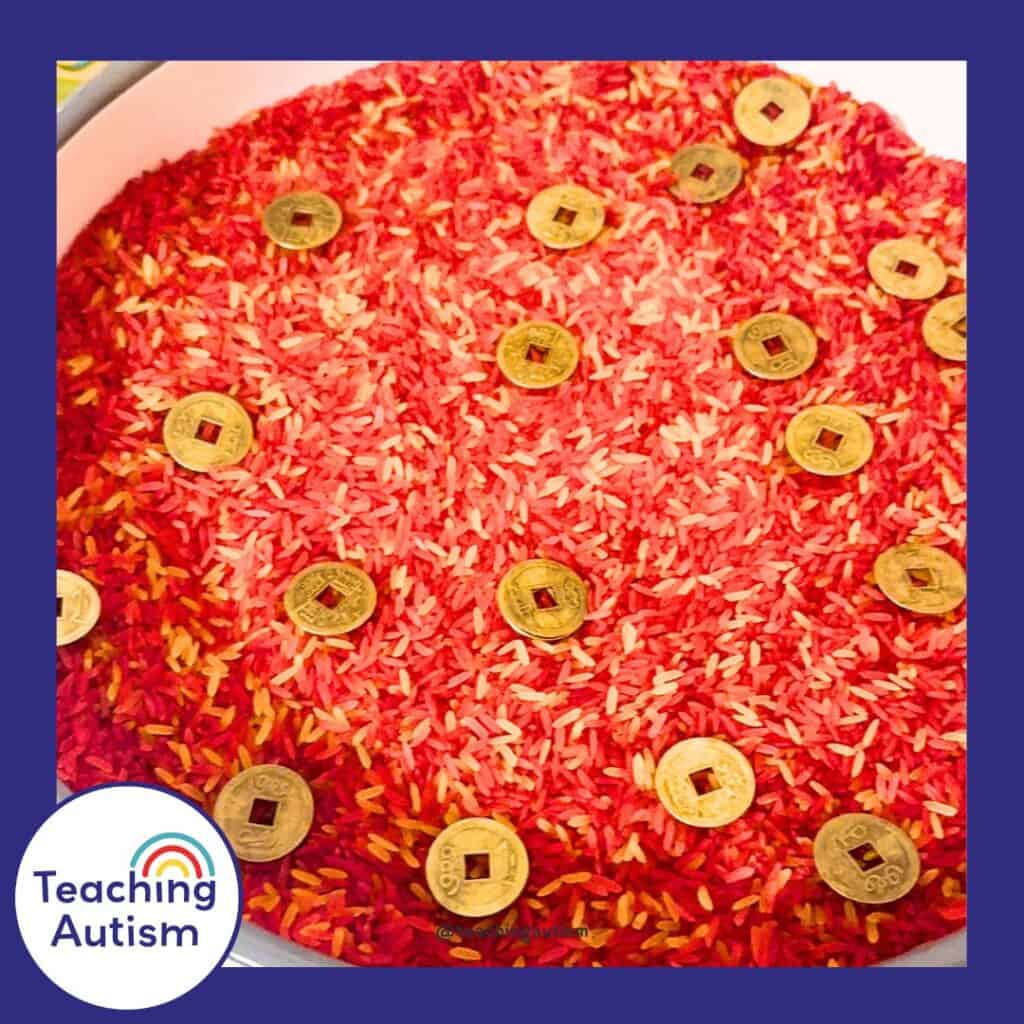
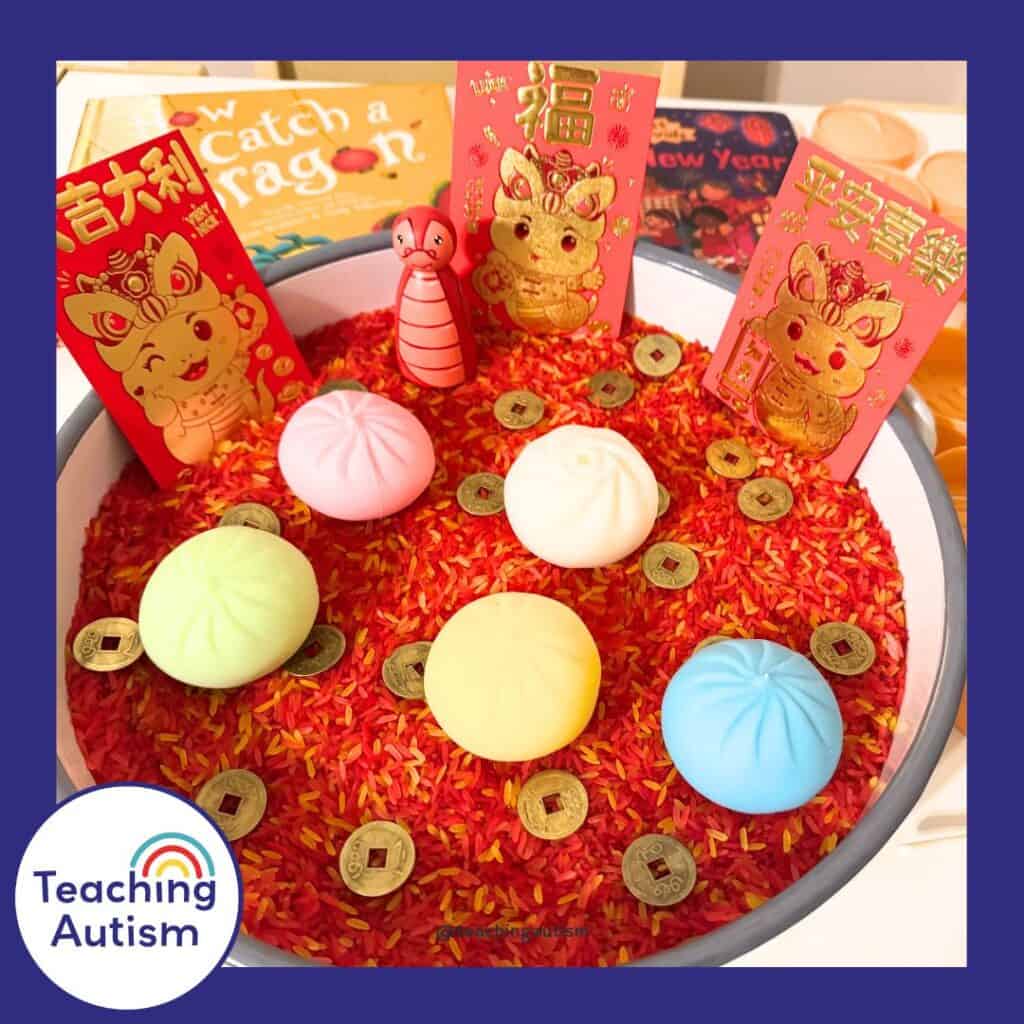
How to Set Up Your Own Lunar New Year Sensory Bin
Creating a sensory bin at home or in the classroom is simple! Here’s a step-by-step guide:
- Choose a Bin: Select a shallow container or tray that’s easy for little hands to reach into. I like to use this ceramic one. You can get it on Amazon USA or Amazon UK.
- Prepare the Base: Dye rice red and yellow. Let it dry completely before adding it to the bin. You can find the full instructions how here.
- Add Themed Items: Gather objects that symbolize the Lunar New Year, such as:
- Faux gold coins
- Play food like dumplings or oranges
- Miniature dragons or zodiac animals
- Red envelopes
- Incorporate Tools: Add child-safe tools like chopsticks, tongs, or small scoops to encourage fine motor play.
- Enhance the Setup: Surround the bin with Lunar New Year books, decorations, or cultural artifacts to create an immersive experience.
- Invite Exploration: Encourage students to explore the bin independently or alongside a guided activity, such as sorting items by color or type.
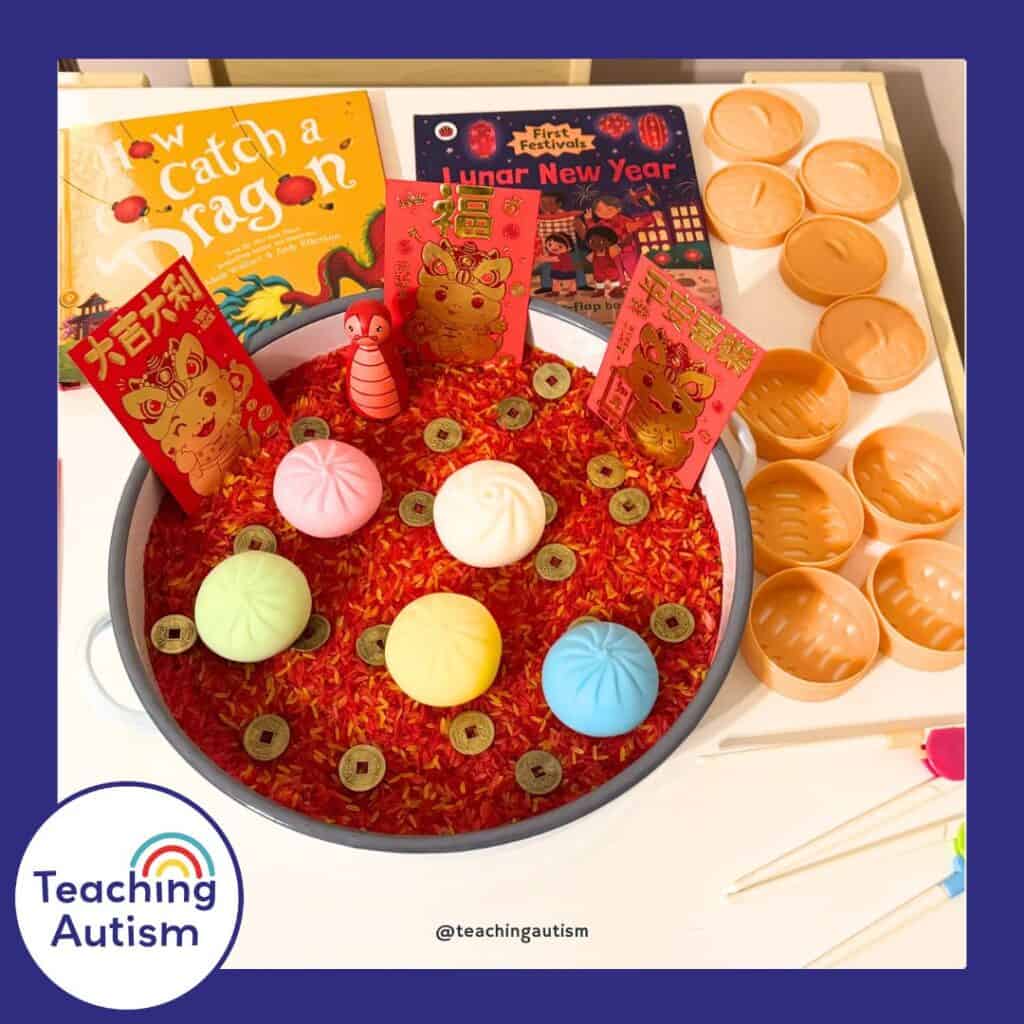
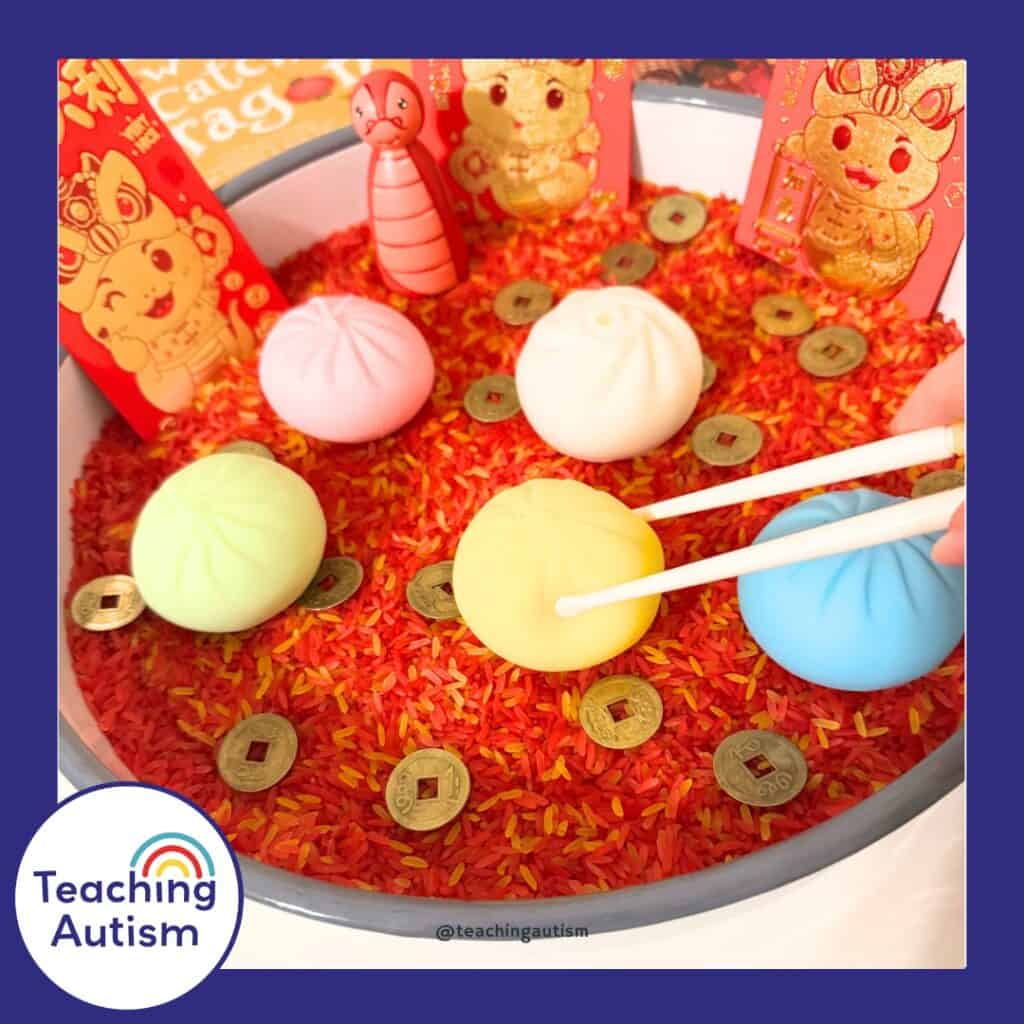
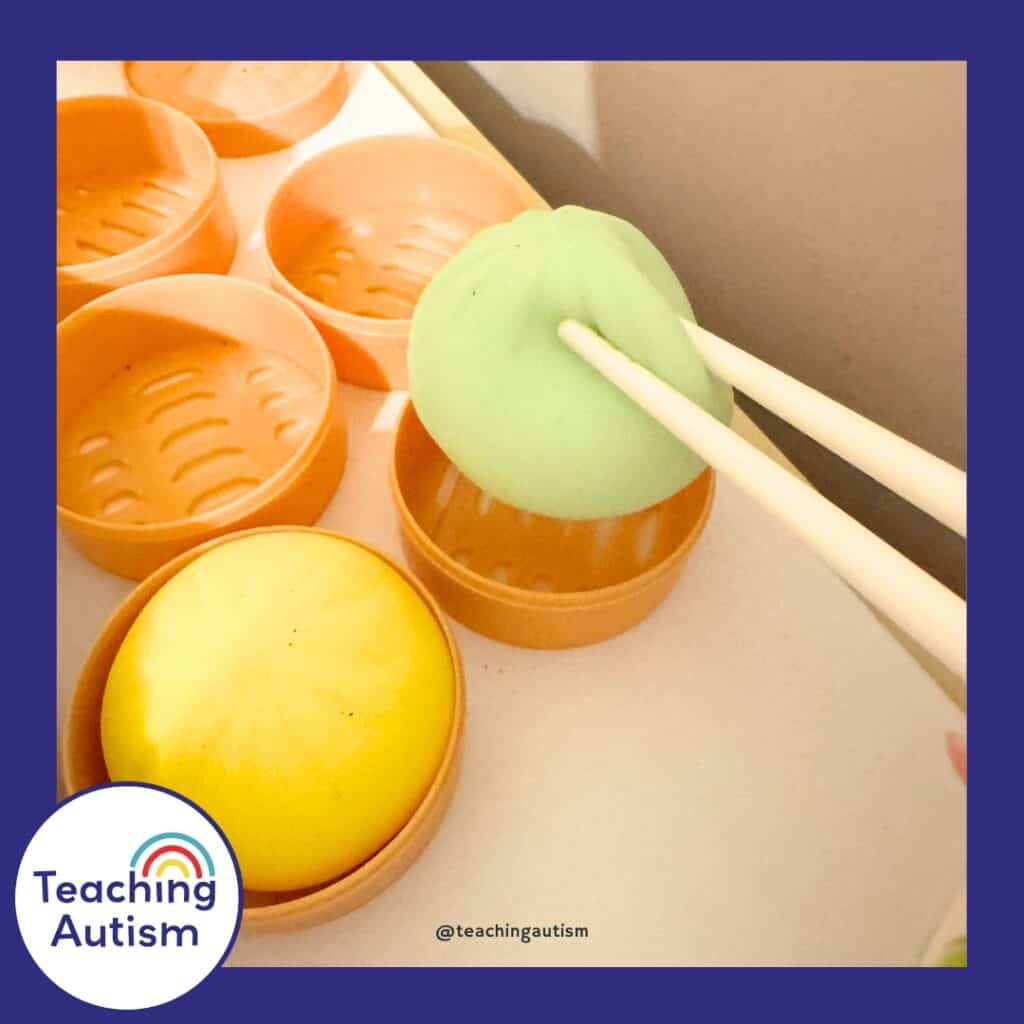
Why Use a Sensory Bin for Lunar New Year?
A sensory bin like this is more than just fun—it’s also packed with numerous educational benefits that effectively cater to a wide range of learning styles. With that in mind, here are several reasons why I believe sensory bins work so well for my students:
Cultural Awareness:
By incorporating symbolic items like red envelopes, gold coins, and dumplings, students will gain an introduction to Lunar New Year traditions. This encourages curiosity and appreciation for different cultures.
Fine Motor Skills Development:
Using chopsticks to pick up items, scooping rice, and transferring objects from one container to another are not only engaging activities but also excellent exercises for improving hand-eye coordination and enhancing dexterity.
Language and Communication:
As students explore the sensory bin, they can describe what they see, feel, hear and do. This encourages vocabulary development and self-expression.
Calming and Regulation:
The tactile experience of sifting through rice or sorting objects can be soothing for our students, especially those with sensory processing needs. Sensory play helps regulate emotions and provides a focused, calming activity.
Open-Ended Learning:
Sensory bins promote imaginative play. Students might create stories, reenact holiday traditions, or simply enjoy exploring the materials in their own unique way.
Helpful Links
You may also be interested in the following links;
- 20 Picture Books to Celebrate Lunar New Year
- 4 Lunar New Year Crafts for Kids
- Lunar New Year Teaching Resources
- TpT – Lunar New Year Teaching Resources
- Sensory Table Set-Up
I hope you found this blog post helpful. If so, please consider sharing it with your friends and colleagues on social media.
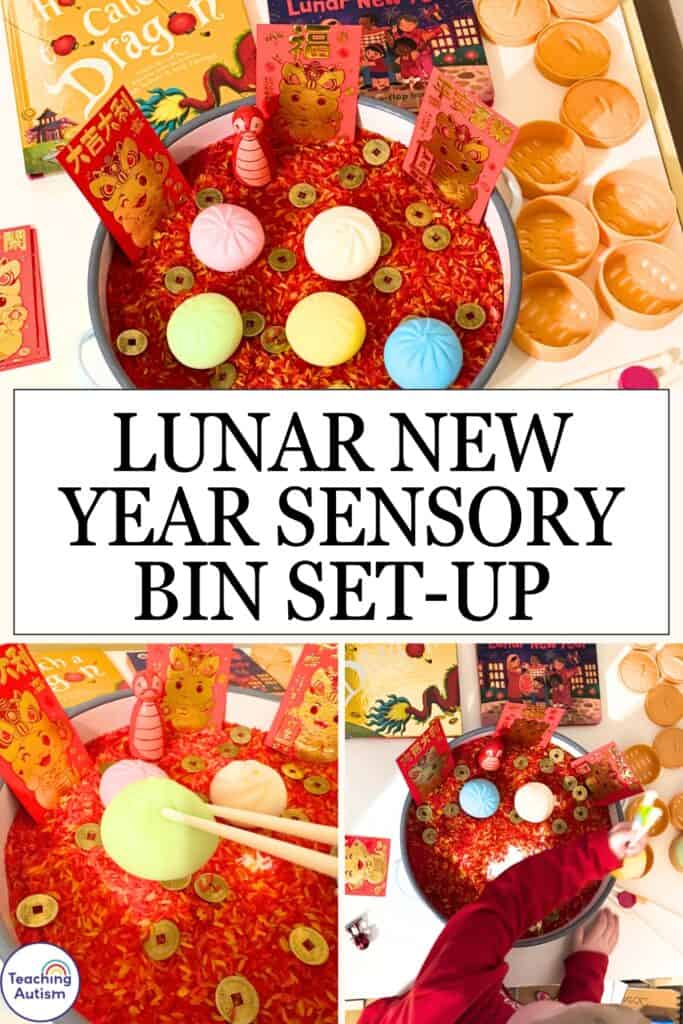
P.S. Have you signed up for my VIP membership yet? If not, head on over and sign up now. You’ll get access to hundreds and hundreds of resources, templates, crafts and more being uploaded every month!
Nikki
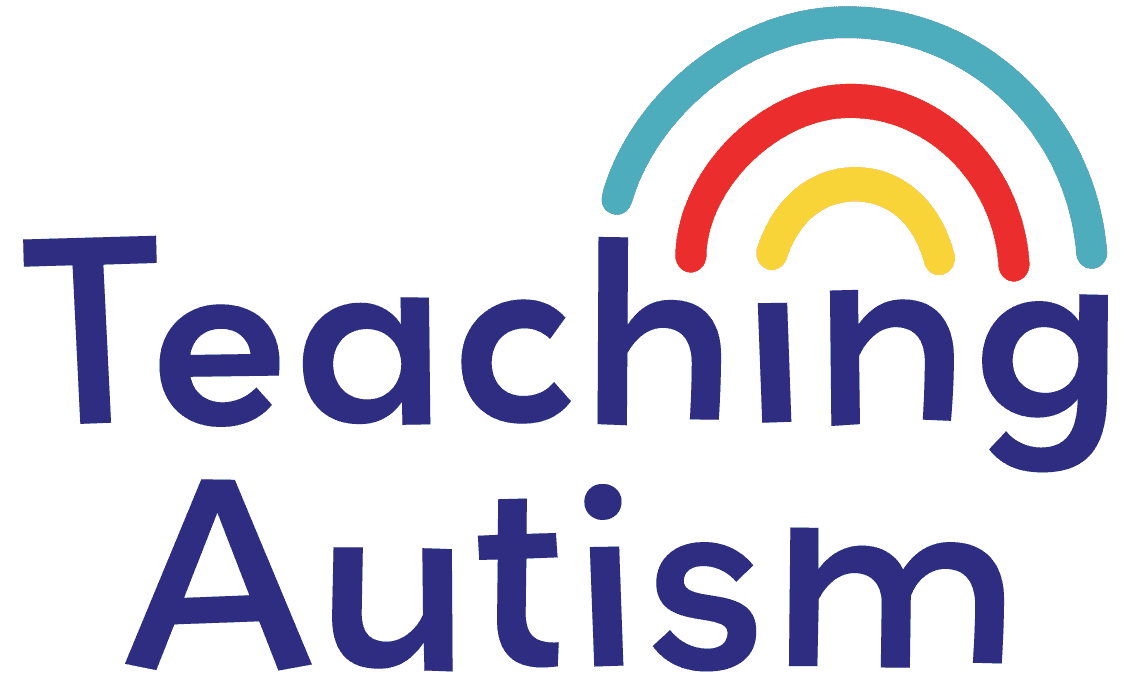



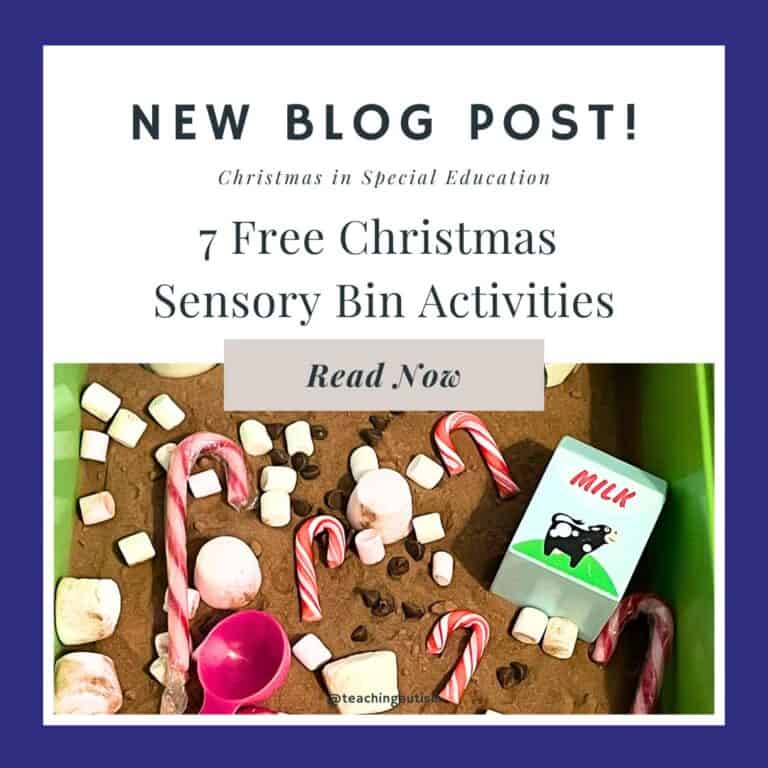
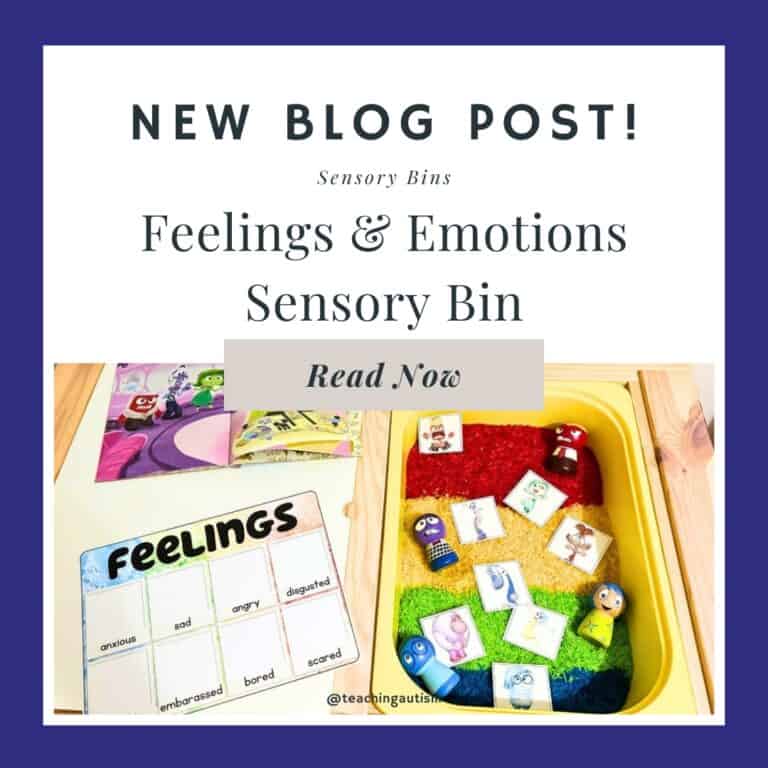
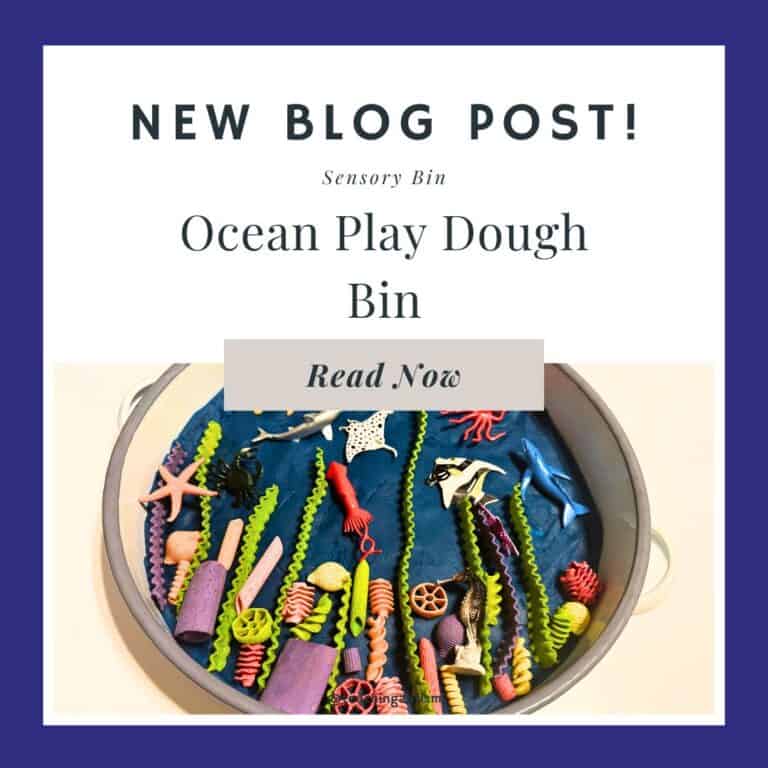
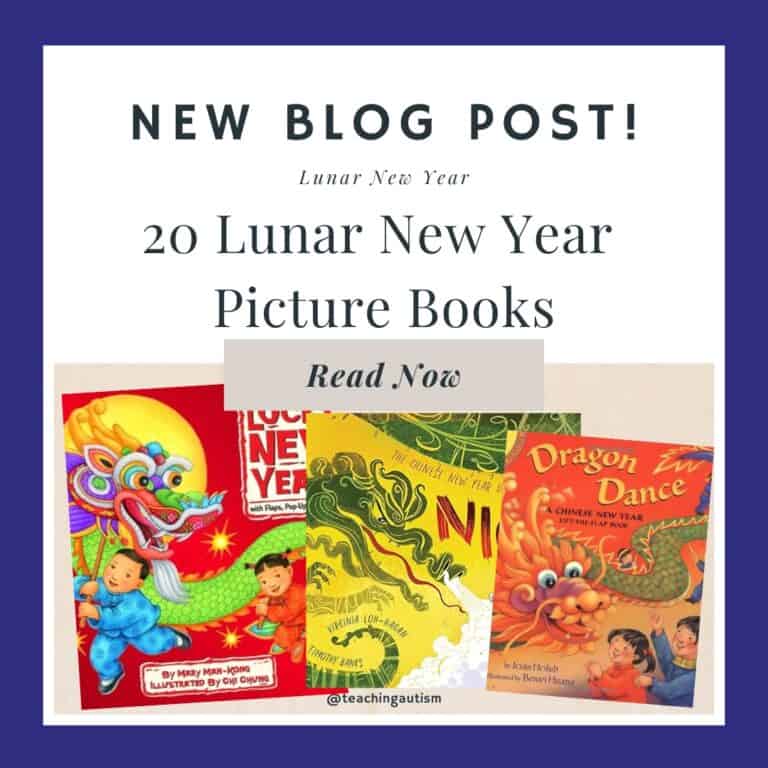
One Comment